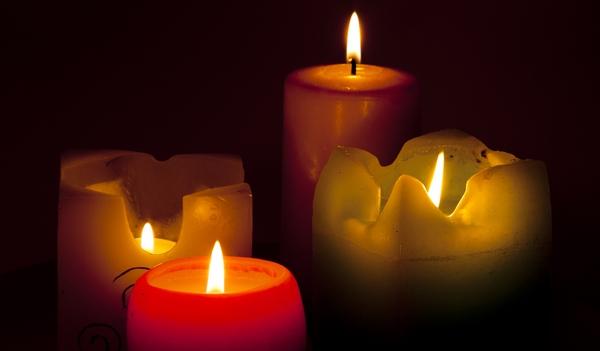Coroner Concludes Irishman Died of Spontaneous Human Combustion

Can people suddenly and inexplicably explode into a ball of fire?
It sounds like something in a horror film, but some people believe it happens. It's also what an Irish coroner recently concluded about the death of Michael Faherty, a 76-year-old Irishman who burned to death in his home in December 2010. There were scorch marks above and below the body, but no evidence of any gasoline, kerosene, or other accelerant. The coroner, Ciaran McLoughlin, reported: "This fire was thoroughly investigated and I'm left with the conclusion that this fits into the category of spontaneous human combustion, for which there is no adequate explanation." [Top Ten Unexplained Phenomena]
Usually, of course, fires do not start on their own. When investigators are searching for the cause of forest fires they don't assume that the flame ignited itself, but instead that it was probably caused by a careless camper or a lightning strike. Though rare, spontaneous combustion has long been known to occur. Under the right circumstances many things can self-ignite on a hot day, including used rags containing oil or gasoline and piles of compost. Coal dust can also spontaneously ignite, one of many dangers that miners face. [How Long Do Mafia Victims Take to Dissolve in Acid?]
But the claim that people can suddenly burst into flames for no apparent reason is a whole different matter. The best-known case of spontaneous human combustion (SHC) is actually fictional: in Charles Dickens's 1853 novel "Bleak House" a character explodes into fire. The phenomenon has also appeared in movies and on TV shows like "The X-Files."
But are there any confirmed real-life cases?
This is where things get trickier. Though some writers suggest that there are hundreds (or even thousands) of SHC cases throughout history, only about a dozen have been investigated in any detail. Researcher Joe Nickell examined many "unexplainable" cases in his book "Real-Life X-Files" and found that all of them were far less mysterious than often suggested. Most of the victims were, like the Irishman Faherty, elderly, alone, and near flames (cigarettes, candles, fires, etc.) when they died. Several were last seen drinking alcohol and smoking.
How could a body burn once it has ignited? If the person is asleep, intoxicated, unconscious, too weak, or otherwise unable to move or put the flames out, then the victim's clothes can act as a candle wick, drawing on the body's fat (which, because it is an oil, is flammable, and very near the skin's surface) to fuel the fire. Once a body starts to burn, it will continue to burn until the fuel (clothing, chairs, paper, body fat, etc.) is used up.
Get the world’s most fascinating discoveries delivered straight to your inbox.
Fires are notoriously fickle; sometimes flames will spread to other places, other times they won't. Sometimes fires will consume the whole body, other times they won't. It all depends on the specific circumstances of each case. [The World's Greatest Hoaxes]
Nickell also pours cold water on the idea that bodies can only be consumed by temperatures far higher than ordinary flames could provide: "Experiments show that liquefied human fat burns at a temperature of about 250 degrees [Celsius] (482 degrees Fahrenheit); however a cloth wick placed in such fat will burn even when the temperature falls as low as 24 degrees [Celsius] (75 degrees Fahrenheit)."
Michael Faherty's case may not be as mysterious as it looks. There was, after all, an open fire close to his burned body. It seems likely that a spark or ember might have popped from the fire onto his clothing, and caught his clothing on fire. It's not clear why the coroner conclusively ruled this explanation out.
If SHC is a real phenomenon (and not the result of an elderly or infirm person being too close to a flame source), why doesn't it happen more often? There are 5 billion people in the world, and yet we don't see reports of people bursting into flame while walking down the street, attending football games, or sipping a coffee at a local Starbucks. If spontaneous human combustion is a real — but very rare — phenomenon, statistically we should see far more cases. As it is, the only time when SHC is even suspected is in a very specific set of circumstances—usually ones that suggest a more logical explanation.
This story was provided by Life's Little Mysteries, a sister site to LiveScience.
Benjamin Radford is deputy editor of Skeptical Inquirer science magazine and author of Scientific Paranormal Investigation: How to Solve Unexplained Mysteries. His website is www.BenjaminRadford.com.



